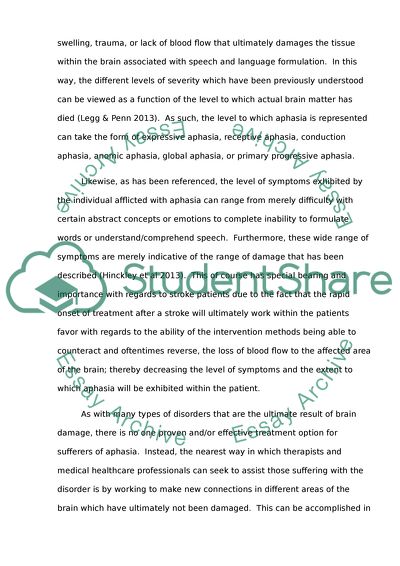Cite this document
(“Research Project: language disorder: Aphasia Paper”, n.d.)
Research Project: language disorder: Aphasia Paper. Retrieved from https://studentshare.org/psychology/1467482-research-project-language-disorder-aphasia
Research Project: language disorder: Aphasia Paper. Retrieved from https://studentshare.org/psychology/1467482-research-project-language-disorder-aphasia
(Research Project: Language Disorder: Aphasia Paper)
Research Project: Language Disorder: Aphasia Paper. https://studentshare.org/psychology/1467482-research-project-language-disorder-aphasia.
Research Project: Language Disorder: Aphasia Paper. https://studentshare.org/psychology/1467482-research-project-language-disorder-aphasia.
“Research Project: Language Disorder: Aphasia Paper”, n.d. https://studentshare.org/psychology/1467482-research-project-language-disorder-aphasia.


